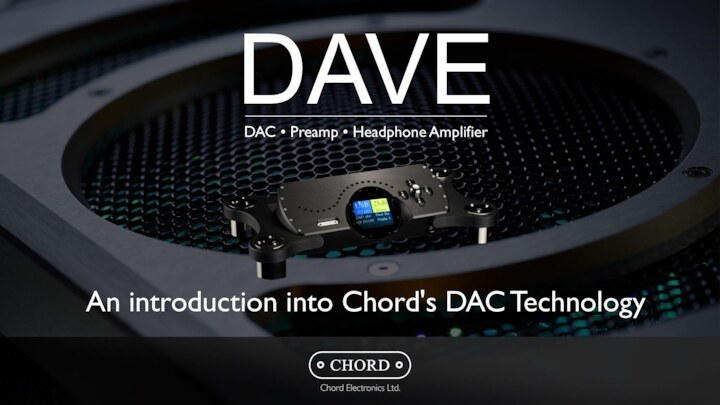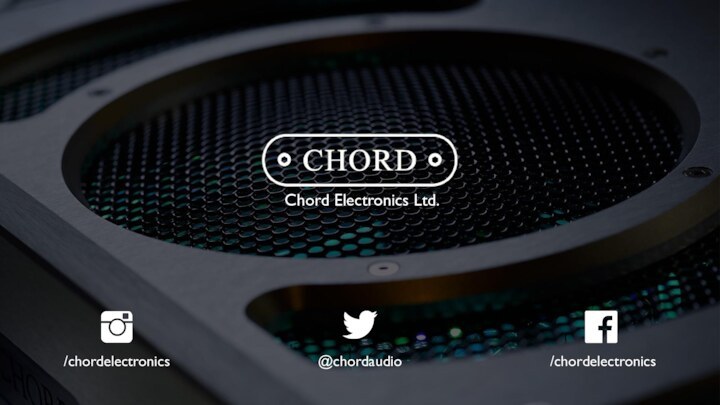to Analogue Veritas in Extremis
DAVE’s development was centered
upon a question: why was Hugo so musical?Where was Hugo’s sound quality performance coming from in technical terms?
DAVE has an FPGA ten times the capacity of Hugo
This gave opportunities to further improve performance:
Improved time domain (transient timing accuracy)
Improved noise-shaper performance
DAVE has much more advanced analogue electronics











































